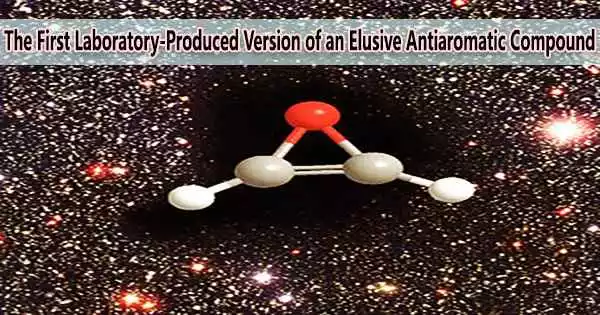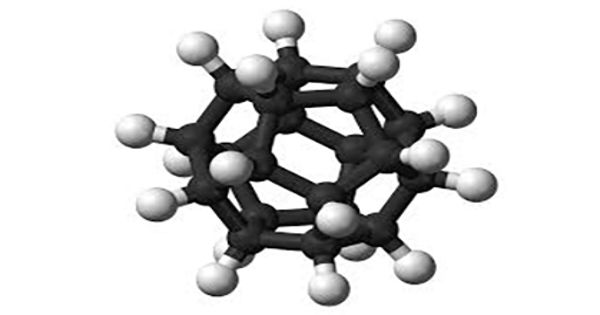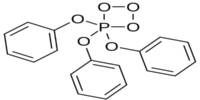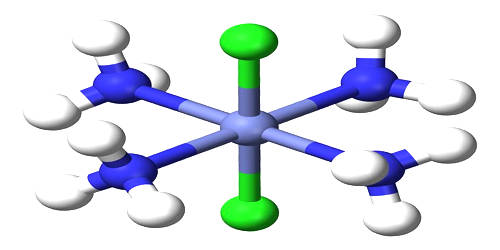Researchers from the University of Hawaiʻi at Mānoa, Florida International University and Ruhr University Bochum (Germany) have finally solved a problem that has puzzled the scientific community for more than 50 years.
Researchers from the University of Hawaii at Mānoa Department of Chemistry, under the direction of Professor Ralf I. Kaiser, developed a novel technique to create and detect the smallest antiaromatic heteroaromatic, or oxirene, in a laboratory setting that mimics molecular clouds and star-forming regions in deep space.
One of the most enigmatic compounds of organic transients, cyclic oxirene is a crucial reactive component in interstellar settings.
These experiments reveal that molecular clouds and star forming regions can be exploited as natural laboratories where exotic molecules such as antiaromatics, which are traditionally very unstable on Earth, can be synthesized easily under the low temperature chemical and physical conditions. The identification of the exotic oxirene molecule will trigger extensive laboratory studies to synthesize and to identify more hitherto elusive, unstable molecules thus increasing our knowledge of the molecular structure and chemical bonding of these species.
Professor Ralf I. Kaiser
Organic chemists had previously deemed oxirene “not synthesizable,” but the researchers created it using energetic processing of extremely cold ices and resonant energy transfer to the icy matrix. They then used a high-tech mass spectrometry tool that used tunable vacuum photoionization to observe the molecule in the W.M. Keck Laboratory for Astrochemistry at the University of Hawaii at Mānoa.
The preparation of the antiaromatic oxirene molecule advances theoretical and experimental knowledge of the stability and chemical bonding of these kinds of molecules, paves the way for future synthesis of related molecules in harsh environments, and advances the fundamental experimental and theoretical understanding of these topics.
The fact that oxirene was discovered in such a harsh environment suggests that it would be desirable for radio telescopes like the Atacama Large Millimeter/submillimeter Array and the James Webb Space Telescope to look for it in the gas phase.
“These experiments reveal that molecular clouds and star forming regions can be exploited as natural laboratories where exotic molecules such as antiaromatics, which are traditionally very unstable on Earth, can be synthesized easily under the low temperature chemical and physical conditions,” Kaiser said. “The identification of the exotic oxirene molecule will trigger extensive laboratory studies to synthesize and to identify more hitherto elusive, unstable molecules thus increasing our knowledge of the molecular structure and chemical bonding of these species.”
The findings have been published in Science Advances in March 2023.
















